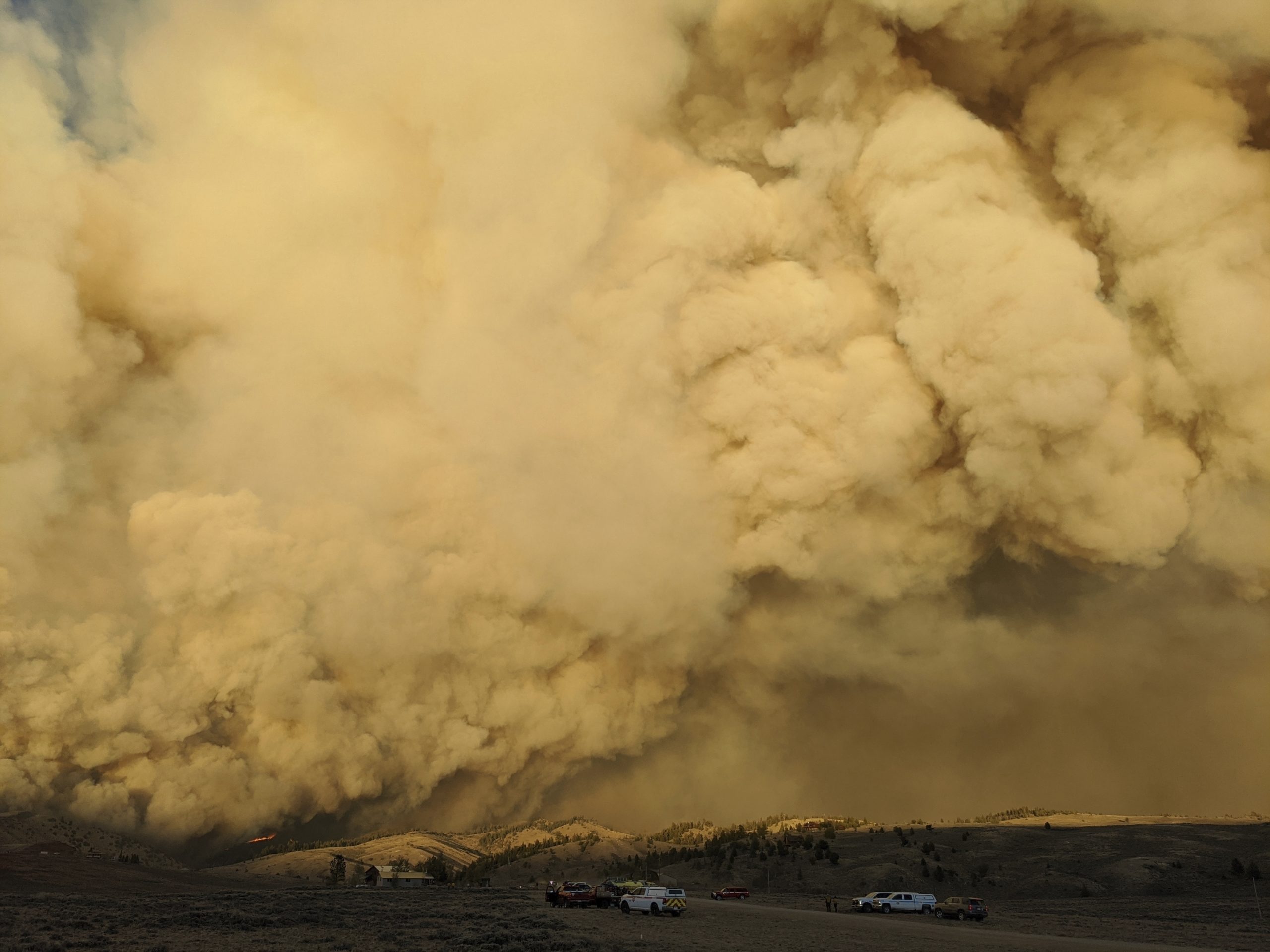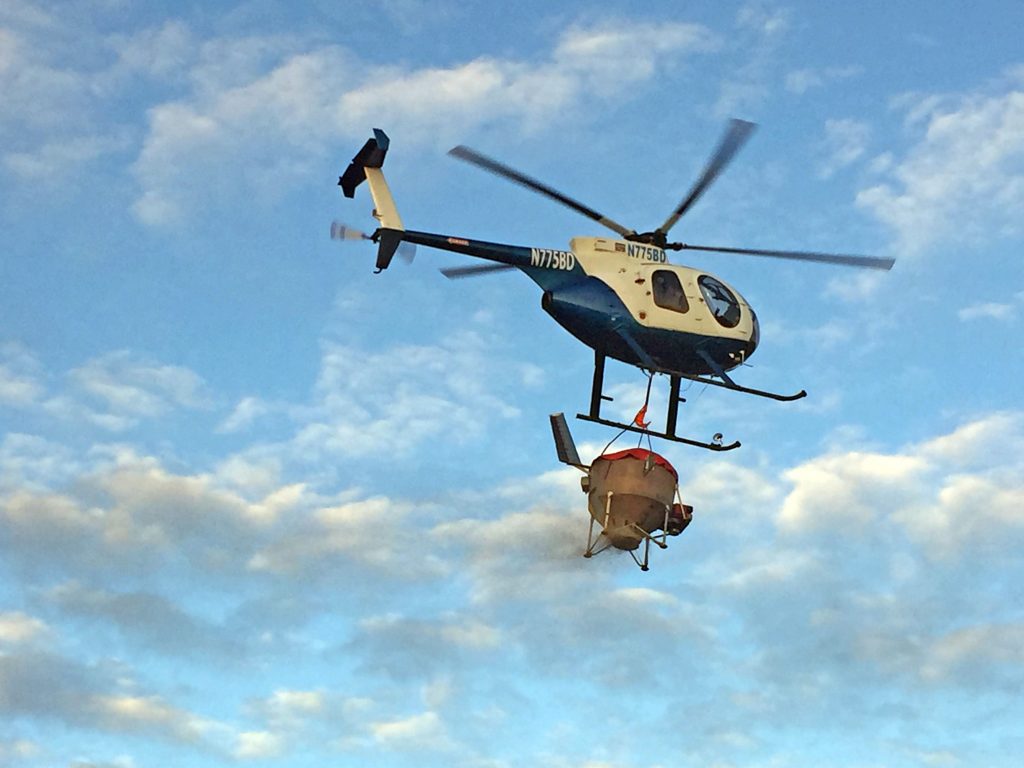
Updated at 11:14 a.m.
Last year’s Mullen fire burned almost 177,000 acres along the border between Colorado and Wyoming, leaving parts of Medicine Bow-Routt National Forests desolate and burnt. In the absence of normal vegetation, an invasive weed has taken root, and U.S. Forest Officials intend to reverse that.
Cheatgrass is a non-native, invasive grass species in Colorado, characterized by its ability to thrive in areas heavily disturbed by events like construction, fire, and floods. A Colorado State University fact sheet says letting cheatgrass dominate an area could impact wildlife populations and change soil properties. Once introduced to an area, it can produce “more than 10,000 plants per square yard.”
In addition to being a general nuisance and extremely pervasive, cheatgrass is also a major fire risk.
“Though several components can affect flame length and fire spread, a typical cheatgrass fire on flat terrain with wind speeds of 20 miles per hour may generate flame lengths up to eight feet in height; the fire can travel more than four miles per hour,” the CSU fact sheet says.
The plant’s natural life cycle is part of why it presents such a fire hazard. Cheatgrass dies off between April and June, and when that happens, it dries out more quickly than native vegetation, according to the Sage Grouse Initiative. It also has particularly thin stems and leaves, which help it burn more quickly than many native species.

The U.S. Forest Service, in partnership with the U.S. Department of Agriculture and the Wyoming Game & Fish Department, has begun treating a 9,200 acre area within the Mullen fire perimeter for cheatgrass, with the hopes of reducing or eradicating its presence.
“It is great to continue collaboration efforts with our partners on controlling invasive species in the footprint of the Mullen Fire. Our past treatments have proven to be successful in managing cheatgrass, which is a huge threat to native ecosystem recovery post wildfire.” said Forest Service specialist Jackie Roaque in a statement.
The Forest Service’s operation will last about two months and primarily take place in Wyoming. Recreationists in Medicine Bow-Routt, particularly along the North Platte River, might be affected by the spraying.
Research suggests wildfires are likely to become larger and more unpredictable because of drier and hotter conditions spurred on by climate change.








